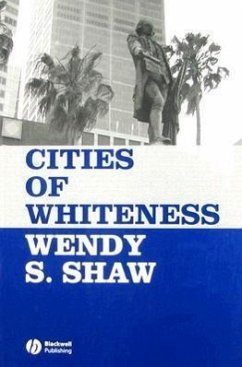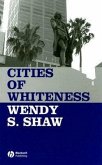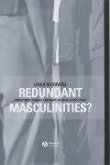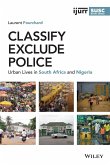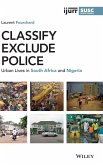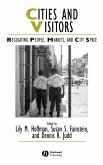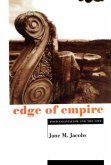In Cities of Whiteness, Wendy S. Shaw challenges existing ideas about urban change, race and cosmopolitan urbanism. By questioning the notion of white ethnicity and engaging with Indigenous peoples' experiences of whiteness, past and present, Shaw provides new ways of seeing cities and of conceptualizing the processes of power that are at work within them. In doing so, she pushes the boundaries of critical race studies in Geography and studies of the city more broadly. Cities of Whiteness follows three main theoretical trajectories: it highlights the weaknesses of current theories of whiteness; it demonstrates how urban transformation is imbued with processes of whiteness; and it gives an account of formations of power. Shaw grounds her analysis using Sydney as an example of a "city of whiteness", considering trends such as Sydney's 'SoHo Syndrome', the 'Harlemization' of the Aboriginal community, and the 'Manhattanizing' of Sydney as it has evolved vertically.
Hinweis: Dieser Artikel kann nur an eine deutsche Lieferadresse ausgeliefert werden.
Hinweis: Dieser Artikel kann nur an eine deutsche Lieferadresse ausgeliefert werden.
"Cities of Whiteness is an important contributionto our understanding of how race works in the postmodern city. Itshows in clear and convincing detail how whiteness is bound up withproperty, heritage and fear."
Alastair Bonnett, Newcastle University
"Wendy S. Shaw writes with passion, with politicalcommitment, carefully and engagingly, and with the kind of gallowshumour that can be expected in grim situations. Her subtle andalways empirically-grounded analysis astutely picks at theinvisible structures of racialization that underpin white privilegeand power. Sydney and New York, after Cities of Whiteness,are not such virtuous cities of multiculturalism. Instead, we seethese cities afresh, complete with their promiscuous and particularprocesses of white superiority."
Steve Pile, The Open University
Alastair Bonnett, Newcastle University
"Wendy S. Shaw writes with passion, with politicalcommitment, carefully and engagingly, and with the kind of gallowshumour that can be expected in grim situations. Her subtle andalways empirically-grounded analysis astutely picks at theinvisible structures of racialization that underpin white privilegeand power. Sydney and New York, after Cities of Whiteness,are not such virtuous cities of multiculturalism. Instead, we seethese cities afresh, complete with their promiscuous and particularprocesses of white superiority."
Steve Pile, The Open University

